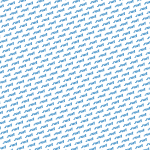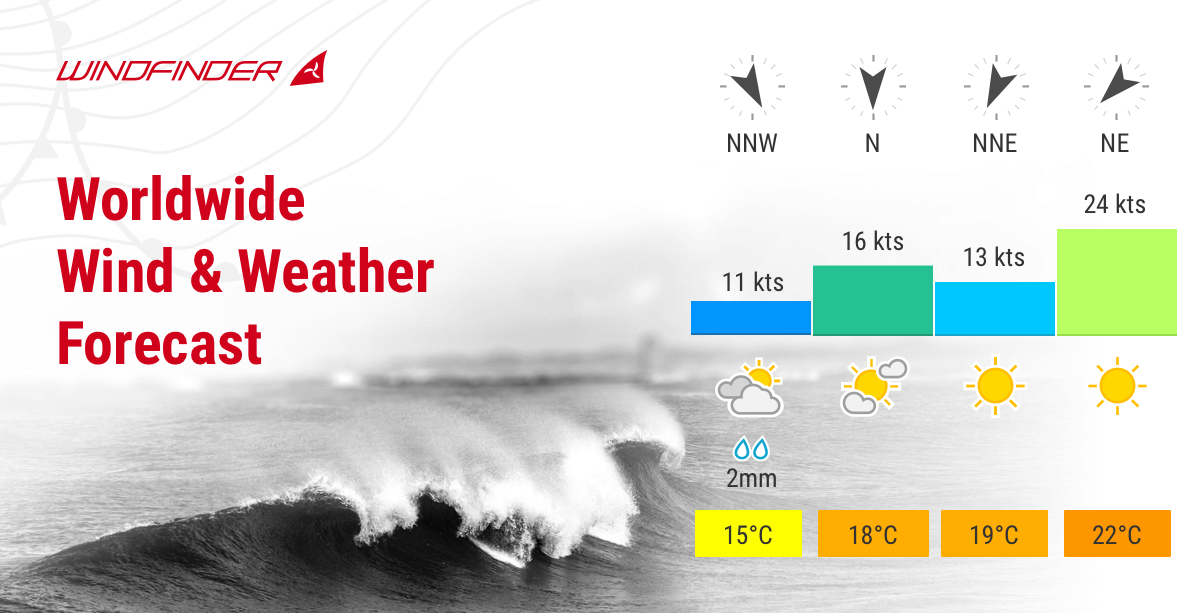Street vendors set up their stalls, the remnants of the last night of partying are swept away on the promenades and the boats rock lazily in the already piercing Croatian morning sun - the days on the coast between Rijeka and the ferry harbour Brestova usually begin tranquilly before the crowds of tourists move from the lovingly restored villas and hotels to the surrounding beaches in the morning.
Only in the far north of Kvarner Bay, on the Preluk beach section, is everything different: there is already a hustle and bustle there at dawn. The reason for this is that a local wind phenomenon provides the best wind conditions in the northern Adriatic - experts speak of 150 to 200 days of planing and foiling wind per year. The Croatian hinterland is mountainous and rises to an altitude of over 1000 metres just a few kilometres from the coast. Because it cools down noticeably more at night up there than over the sea, a cool mountain wind sets in at night, similar to the well-known north wind on Lake Garda. The cool and therefore heavy air now rushes through a valley down to the Adriatic and shoots out to sea directly in Preluk as an offshore wind. Depending on the size of the temperature differences, the mountain wind known here as "Tramontana" usually arrives with three to five wind forces in the summer months, but is often stronger in spring and autumn.
The only drawback: if you stroll to the bakery first to get "zemicke", i.e. bread rolls, you will miss the best part of the day, as the wind usually starts in the early hours of the morning in summer and lasts until 10.00 a.m. at the latest. The main difference to Lake Garda is that on hot summer days you don't have to hope to get a second chance in the afternoon, the rest of the day the Adriatic usually languishes in the summer heat - which in turn also offers advantages: You can then relax and go exploring without the primal fear of many surfers of missing the wind. The region offers numerous highlights for nature and culture lovers - whether hiking in the mountainous hinterland, excursions to Rijeka, Opatija or Pula or simply lazing on the beach.

General info Preluk
Journey
Volosko is a small town in the Kvarner Bay, located between the well-known cities of Rijeka - 2020 Capital of Culture - and the fashionable Opatija. The former fishing village has since developed into a popular holiday destination, but still exudes the original charm of a dreamy, quiet little town. One of the village's highlights is certainly the twelve-kilometre-long beach promenade "Lungo Mare", which connects the holiday resorts of Opatija and Lovran with Volosko and invites you to take a wonderful walk along the bays with their countless villas from the Austrian imperial era. It is around 540 kilometres from Munich to Volosko. It's another 60 minutes' drive to Krk to the well-known spot of Punat, and the top spot of Premantura in the south of the Istrian peninsula can be reached from Preluk in just under 1:30 hours - so you still have good alternatives for weather conditions with strong Bora or Scirocco.
Wind, weather & neoprene recommendations
The pleasant thing about northern Croatia is that even in November and December, the thermometer often rises to 12 to 17 degrees during the day with sunshine. Spring is also a good time - 20 kilometres from the coast there is often still snow on the mountains, while spring has already arrived by the sea and the orange and lemon trees are in bloom. The Preluk spot easily has usable planing and foiling winds 150 days a year, in midsummer it usually blows at 10-18 knots, in spring and autumn often even stronger.
Between June and September, with water temperatures between 23 and 26 degrees, a thin wetsuit is sufficient; in the off-season, it can get a bit chilly. Preluk is often very gusty when there is a light nor'easterly breeze, and nothing at all at the spot when there is a strong bura along the entire coast: Off to Punat or Premantura! Preluk therefore works best when the general weather conditions are calm and the nights are clear, allowing the local wind phenomenon to unfold in peace. You can find a forecast here.
If the forecast or the "Super Forecast" announces a light northerly wind in the morning and it's a starry night, the fun from dawn is as sure as the Amen in church. Even a Webcam is available at the spot.
Living & Camping
You can stay directly at the spot in Preluk, e.g. in the Design Hotel Navis. However, there is plenty of accommodation in Volosko in every price range. The nearest Campsite however, is just under 17 kilometres away.
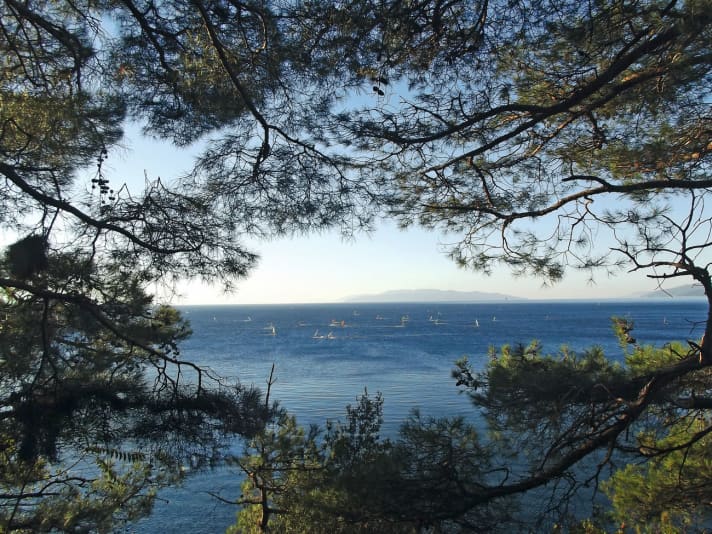
The Preluk surf spot
In the early morning, freestylers, freeriders and slalom pilots can expect regular offshore winds of ten to 18 knots here in the summer months - provided the nights are clear. Those who have a hearty breakfast first will have to listen to the stories of the day's surfing later on, as the wind usually dies down again one to two hours after sunrise in midsummer. There are two entry points: The first is in Volosko at the harbour near the surf club (https://www.facebook.com/dsnmvolosko.volosko/) and the "Surf" café-bar, which is also the meeting point for windsurfers and wingfoilers.
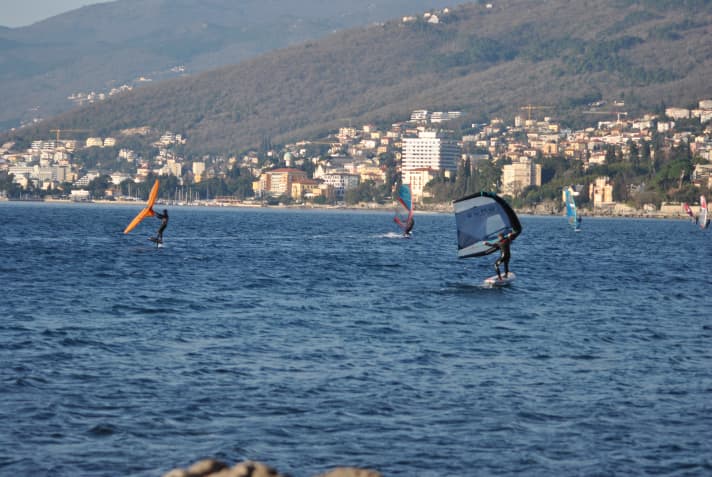
Like almost everywhere in Croatia, the coast is rather rocky, so shoes are not a mistake. It also gets deep quickly and there is no standing area to speak of. A reasonably safe upwind run is therefore a prerequisite at this spot. Car parks at the spot are available for a fee in summer, from September to April they are free of charge. The wind is weak and gusty from the left for the first few hundred metres, but this shouldn't be a problem with large equipment or a foil. The spot conditions are ideal for all trickers, heaters and manoeuvre fans, as the water always remains nice and smooth due to the offshore wind, which makes the spot very easy to ride.
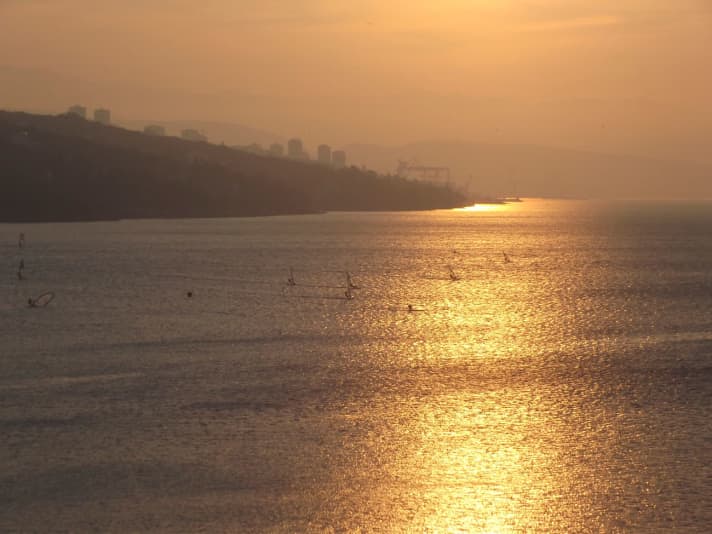
There is another launch opportunity opposite Volosko at the old and deserted "Camp Preluk", with a large car park in front of it (on our last visit in October 2020, this was still free of charge). The wind blows from the right here, you enter via a small pebble beach and then have to head downwind for about 100 metres to really be in the wind zone. So that you can get back to the beach when the wind dies down, it's not a mistake to use slightly larger equipment. Speaking of equipment: at the Marotti Windsurf Centre in Volosko, you can store your own equipment or hire beginner and freeride equipment as well as SUP boards and wingfoil equipment from a limited equipment pool. More information about the surf centre HERE.






